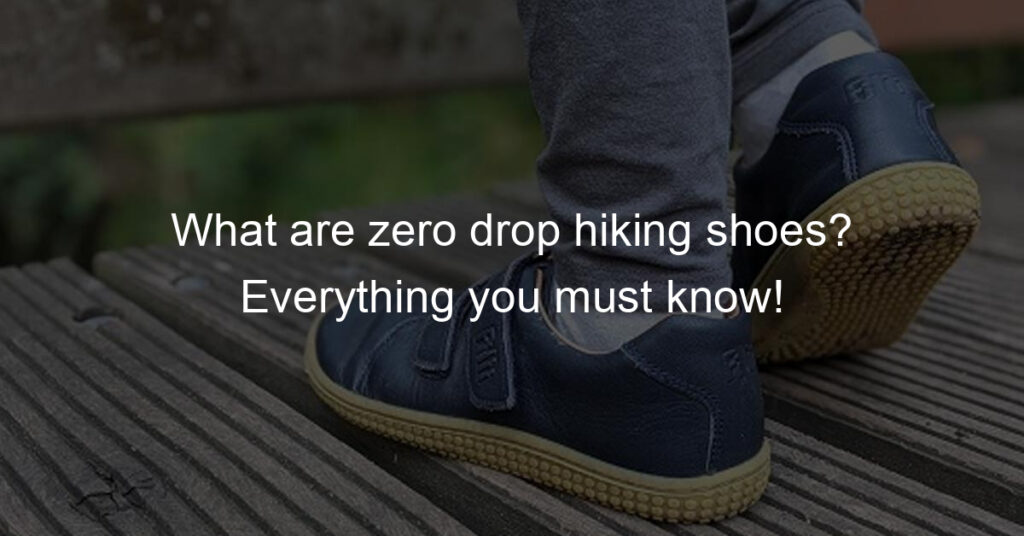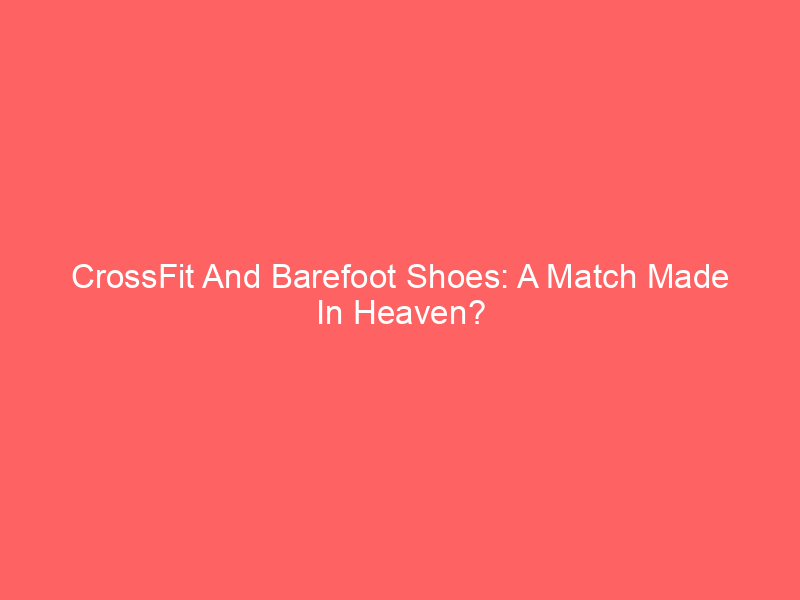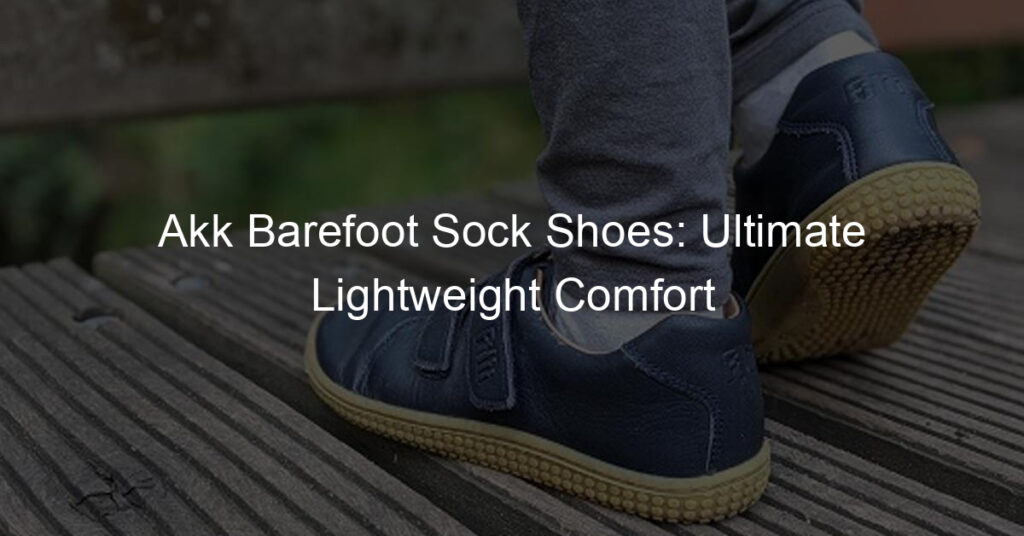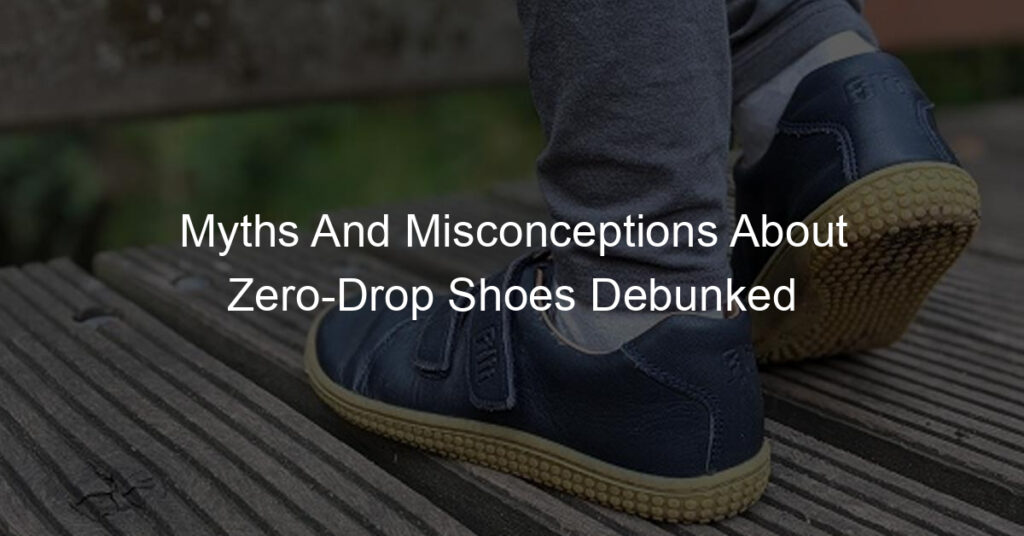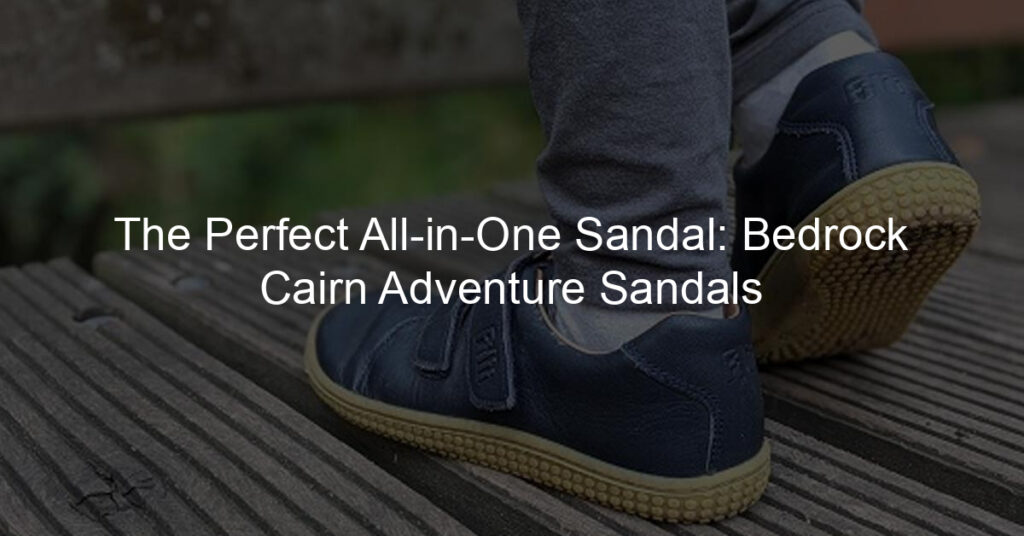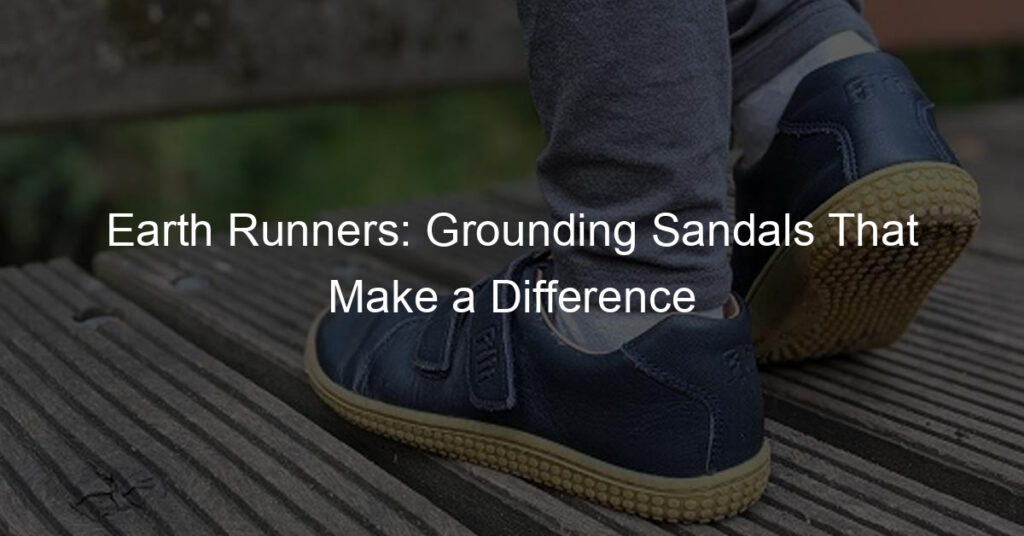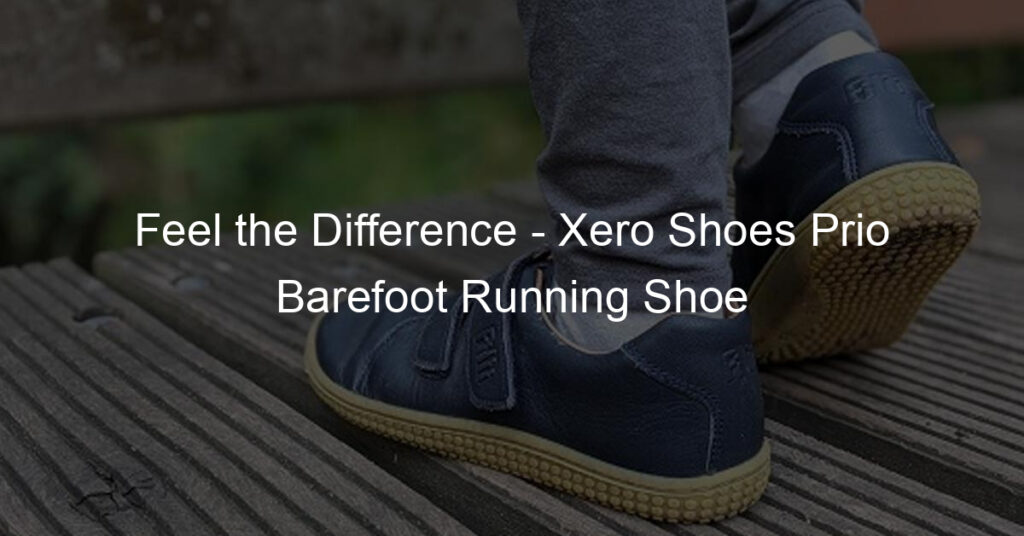Hiking is a great way to enjoy the outdoors, get some exercise, and explore new trails. But, to have a successful and enjoyable hike, it is important to have the right gear – including the right shoes.
Zero drop hiking shoes are becoming increasingly popular among hikers, as they offer many benefits. In this article, we will discuss what zero-drop hiking shoes are and why you may want to consider them for your next hike.
Zero drop hiking shoes are designed with a completely flat sole – meaning that there is no difference in height between the heel and toe. This design offers several benefits for hikers.
First, it helps to reduce fatigue by evenly distributing weight across the entire foot.
Additionally, it can help to improve balance and stability, as there is no raised heel to throw off your center of gravity.
Finally, zero-drop shoes can help to strengthen the muscles in your feet and lower legs, as they are required to work harder to support your body weight.
If you are considering switching to zero-drop hiking shoes, or are simply curious about them, be sure to read on for everything you need to know.
What Are Zero Drop Hiking Shoes?
As we mentioned, zero-drop hiking shoes have a completely flat sole – meaning that there is no difference in height between the heel and toe. This design offers several benefits for hikers, including reduced fatigue, improved balance and stability, and strengthened muscles in the feet and lower legs.
Like other barefoot shoes, minimalist hiking footwear often has a wide toe box to allow the toes to spread out and grip the ground, as well as a low heel-to-toe drop (or no drop at all). This gives your feet a more natural range of motion and helps you maintain better balance on uneven terrain.
Additionally, minimalist shoes tend to be lightweight and have less cushioning than traditional hiking boots. This may lead to less protection from roots and rocks, but many hikers find that the increased ground feel is worth the trade-off.
Are Zero Drop Shoes Good for Hiking?
Yes, zero-drop shoes can be a great option for hiking – especially if you want to reduce fatigue, improve balance and stability, or strengthen the muscles in your feet and lower legs.
However, it is essential to keep in mind that a low-drop shoe may not be suitable for everyone. If you have any concerns, be sure to speak with a medical professional or certified hiking guide before making the switch.
What are the Benefits of Zero Drop Hiking Shoes?
Several benefits come with wearing zero-drop/barefoot shoes when hiking, including:
Reduced Fatigue: One of the main benefits of these shoes is that they help to reduce fatigue by evenly distributing weight across the entire foot. This can be a huge benefit on long hikes, as it can help you to avoid tired and sore feet.
Improved Balance and Stability: Another benefit is that they can help to improve balance and stability. This is because there is no raised heel to throw off your center of gravity. This can be especially beneficial on uneven or slippery terrain.
Strengthened Muscles: Finally, zero-drop shoes can help to strengthen the muscles in your feet and lower legs. This is because they are required to work harder to support their body weight. Stronger muscles can lead to improved performance and reduced injury risk.
Comfort: Many people find that zero-drop/barefoot boots are more comfortable than traditional hiking boots. This is because their wide toe box allows your feet to move more naturally and provide a better connection to the ground.
How Do I Choose the Right Pair of Zero-Drop Hiking Shoes for Me?
When choosing a pair of lightweight hiking shoes, there are several factors to consider, including:
Fit: First and foremost, it is important to choose a pair of shoes that fit well. Be sure to try on the shoes before you buy them, and make sure that they are comfortable and provide a good amount of support.
Size: It is also important to choose a pair of shoes that are the right size. If the boots are too big, they will be difficult to walk in and may cause blisters. If the shoes are too small, they will be uncomfortable and may cause foot pain.
Type: There are different types of minimalist shoes available, including zero drop trail runners, casual sneakers, and hiking boots. Be sure to choose a pair that is designed for the type of hiking you will be doing.
Price: Finally, it is important to consider price when choosing a zero-drop shoe. There are many affordable options available, but be sure to choose a pair that is high quality and will last long enough to justify the cost.
What Are Some Things to Keep in Mind When Breaking in My New Zero-Drop Hiking Shoes?
If you are breaking in a new pair of zero-drop shoes, there are a few things to keep in mind, including:
Wear Them Around the House: Before taking your new shoes on the trail, be sure to wear them around the house for a few hours. This will help you to get used to the feel of the shoes and will allow you to make any necessary adjustments.
Start Slow: When first breaking in your new shoes, it is important to start slow. Begin by taking short walks around the block or hiking on gentle trails. If you try to do too much too soon, you may end up with sore feet or blisters.
Be Patient: Finally, it is important to be patient when breaking into your new shoes. It may take a few days or weeks for them to feel comfortable, but eventually, they will mold to your feet and feel like a second skin.
Some trail running shoes are zero-drop these days, but there are a few exceptions. The Altra shoes – Lone Peak 3.0 is a popular choice among hikers and has a heel-to-toe differential of 0 mm.
Minimalist hiking boots can be an excellent option, but it is important to choose the right pair for you and to break them in slowly and carefully. If you do, you’ll be sure to enjoy all of the benefits that come with wearing zero-drop shoes on the trail.
Are There Any Downsides to Wearing Zero-Drop Hiking Shoes?
While there are many benefits to wearing zero-drop boots when hiking, there are also a few potential downsides to consider, including:
Achilles Tendonitis: One potential downside of wearing zero-drop shoes is that it can lead to Achilles tendonitis. This is because the increased range of motion at the ankle can put extra strain on the Achilles tendon. If you experience pain in your Achilles tendon, be sure to see a doctor.
Plantar Fasciitis: Another potential downside of zero-drop shoes is that they can lead to plantar fasciitis. This is an inflammation of the tissue that runs along the bottom of your foot. If you experience heel pain, be sure to see a doctor.
If you already suffer from knee pain, need special arch support, or even have flat feet, you must be very careful when choosing a pair of zero-drop shoes. Wearing the wrong type of shoes can exacerbate these conditions and lead to further pain and injury.
Consult with a doctor or physical therapist before making the switch to zero-drop shoes, particularly if you have any existing injuries or medical conditions.
The first steps in the minimalist footwear world should be at your own pace. transition slowly and look for a minimalist shoe that fits your needs.
*** You should always consult a podiatrist or a certified foot expert before making any changes to your footwear, but zero-drop shoes are worth considering if you’re looking for a more natural way to hike.
Are There Any Zero-Drop Hiking Shoes for Women?
Yes! There are quite a few options on the market for women who want to try out zero-drop shoes for hiking.
The market for zero-drop shoes has exploded in recent years, so there are plenty of options. From Nike to Altra, there are plenty of companies that make zero-drop shoes specifically for women.
Hiking in Zero Drop Shoes: Important Tips!
If you’re going to switch to zero-drop shoes for hiking, it’s important to keep a few things in mind. First of all, you’ll need to get used to the different feel of the shoes. It may take some time for your feet to adjust, so be patient.
Secondly, make sure you start slow. Don’t try to tackle a tough hike right away – ease into it and give your feet time to adjust. The wide toe box of most low drop or zero drop shoes can take some getting used to, so it’s important to give yourself time.
Finally, be sure to listen to your body. If you start to experience any pain or discomfort, take a break and rest. It’s better to take things slowly at first than to push yourself too hard and end up injured.
Are hiking boots really necessary?
Whether it’s a classic pair of hiking shoes with a high drop or zero-drop trail shoes, certain features are essential for any good hiking shoe.
A comfortable, stable fit is key to avoiding blisters and hot spots, while a lugged sole will provide traction on uneven terrain. If you’ll be doing a lot of off-trail hiking, waterproofing is also a must.
When it comes to finding your favorite hiking boot, you’ll want to consider both fit and function. You can start with a moderate drop shoe like the Salomon Quest 4D 3 GTX, which has a 4mm drop and plenty of support for your ankles.
After all, a boot that’s comfortable to wear for miles on end is worthless if it can’t stand up to the rigors of the trail. Hiking with shoes that keep your natural foot shape is the best way to avoid injury and maximize your comfort on the trail.
That said, there are plenty of hikers who prefer to hit the trail in running shoes and some are walking barefoot. It’s a matter of personal preference, and there’s no right or wrong answer. Ultimately, the best hiking shoe is the one that works best for you and your feet.
Conclusion
Zero drop shoes are a great option for hikers who want to try something different. They offer a more natural feel and can help reduce pain and discomfort in the feet. However, it’s important to do your research and be prepared before making the switch.
With a little bit of time and effort, you can make the transition smoothly and start enjoying all the benefits that zero-drop shoes have to offer.

